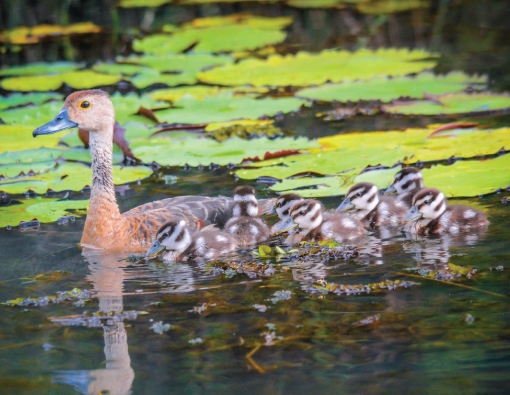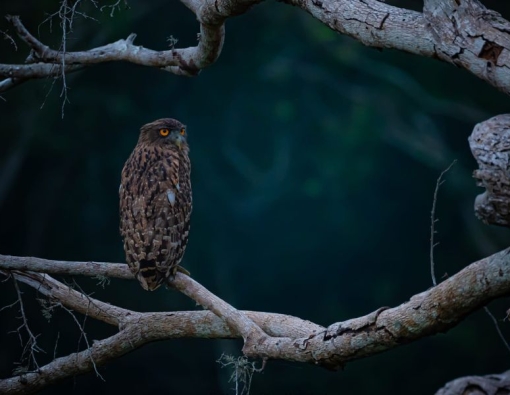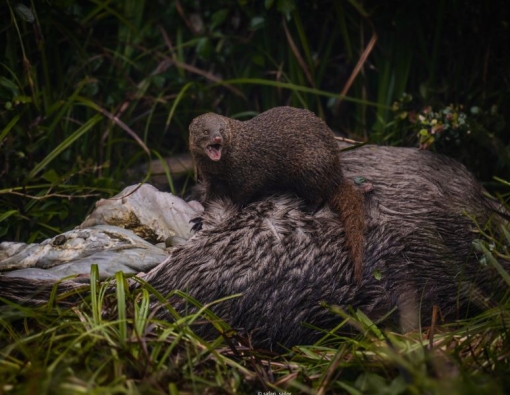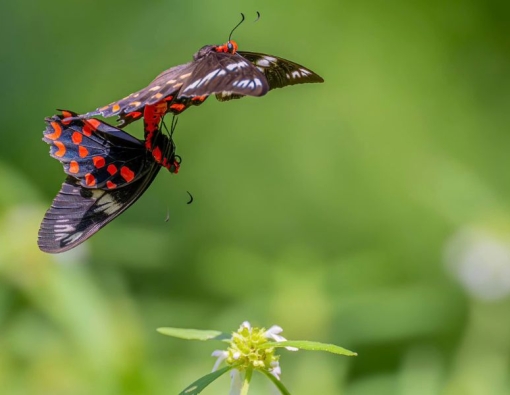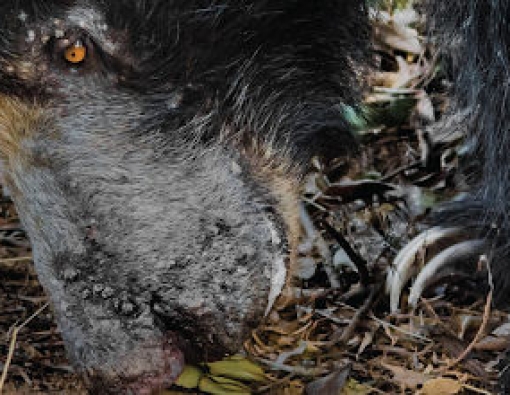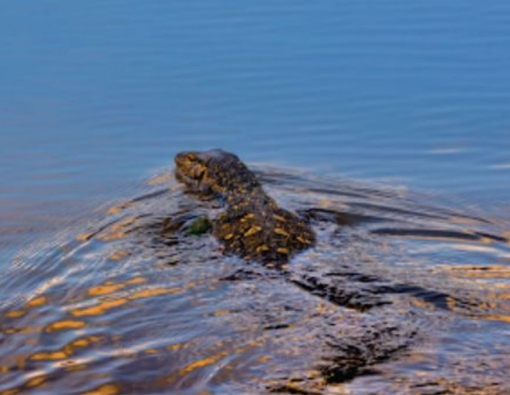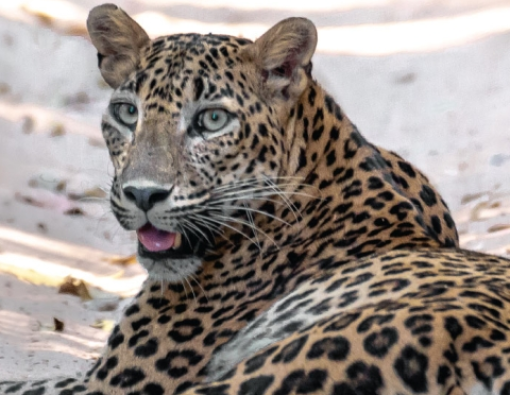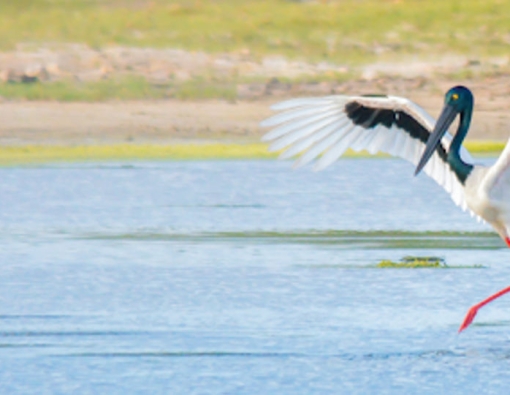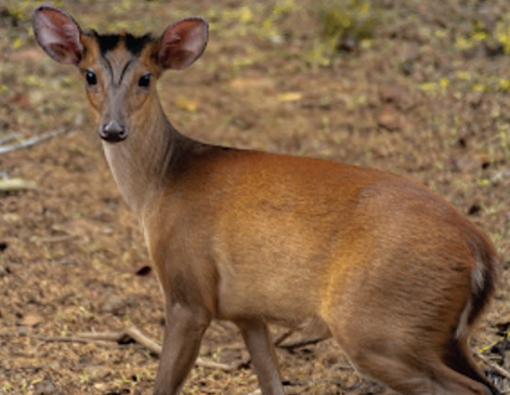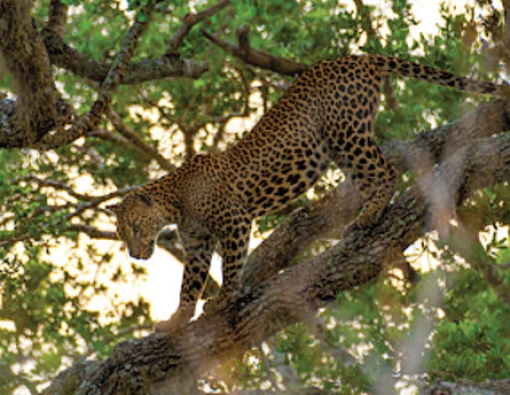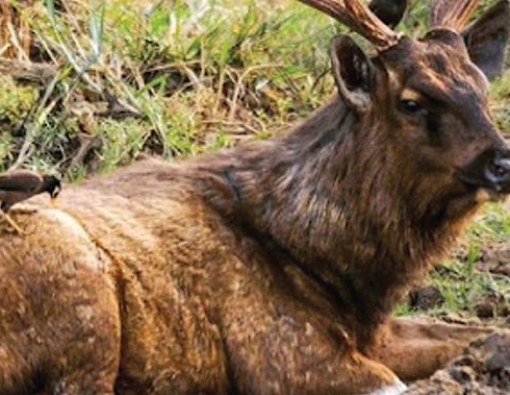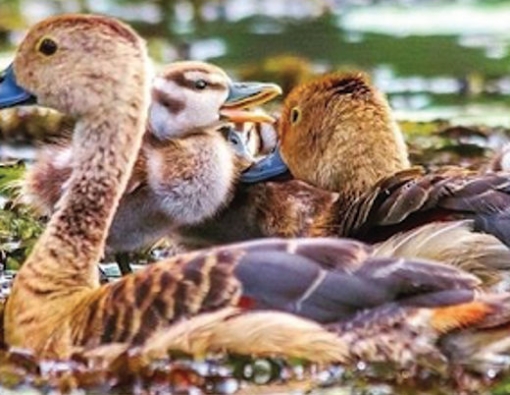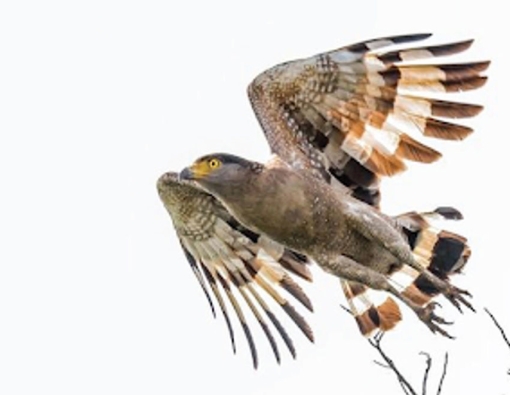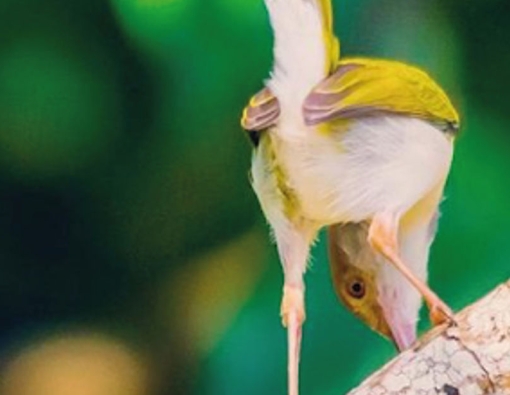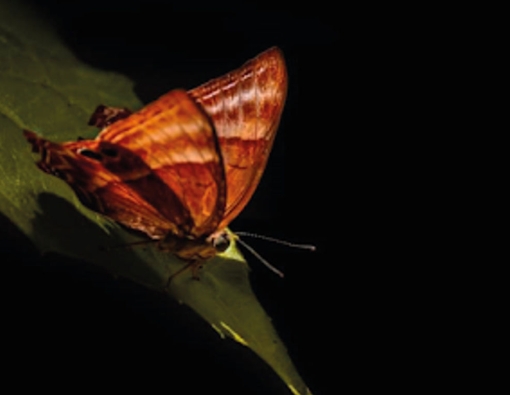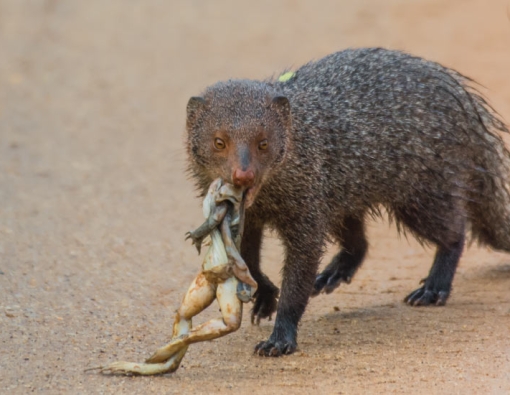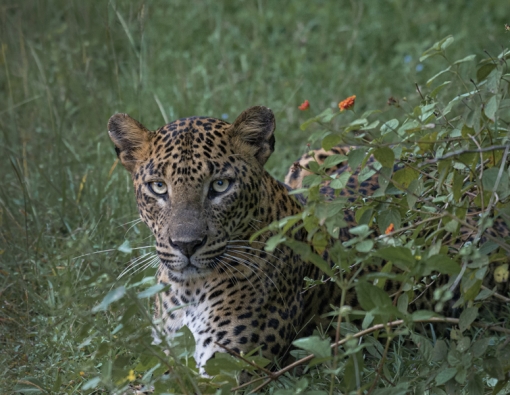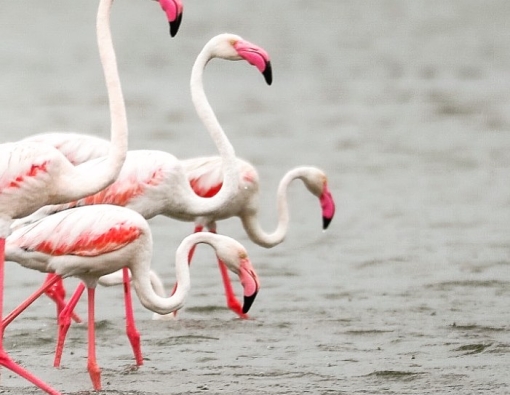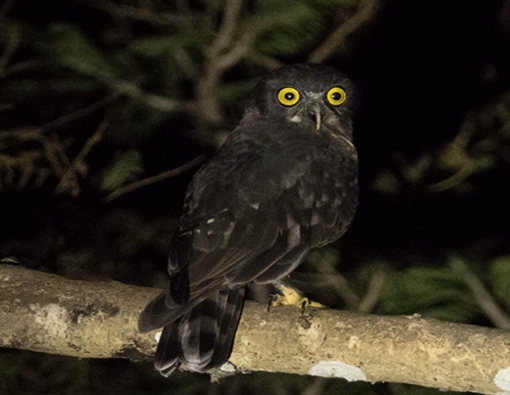
The Wilpattu National Park is the largest and oldest national park in Sri Lanka. It was widely regarded as the place to spot the Sri Lankan Leopard in its natural habitat. It is also home to endangered animals such as the Sri Lankan Sloth Bear and the Sri Lankan Elephant.

Wilpattu National Park
Finding right accommodation at Wilpattu National Park Sri Lanka
To cut down on travel time, a Mahoora tented safari camp is one of the best and most convenient accommodation options, especially at Wilpattu where the extensive acreage means that you have to drive a longer distance to where the animals are. Unlike staying in a traditional hotel, Mahoora tented safari camps allow you to feel that you are truly a part of the great outdoors.
The reservoir itself is situated inside the park, and draws its water from the Horton Plains Reserve, the Peak Wilderness Sanctuary and the Haputale area. It retains its status as an important area for aquatic birds. Udawalawe National Park is the second most popular park after Yala and is famed for its resident Sri Lankan Elephant population which can be seen in large herds.
The Udawalawe National Park is also instrumental in the Elephant Transit Home - a project that is geared towards the conservation of the Sri Lankan Elephant (Elephas maximus maximus) which is a recognized subspecies of the Asian Elephant and is now endangered. This transit camp is an orphanage of sorts where abandoned, injured or orphaned elephants are treated and then released back into the park. It is possible to observe these elephants from a safe distance.
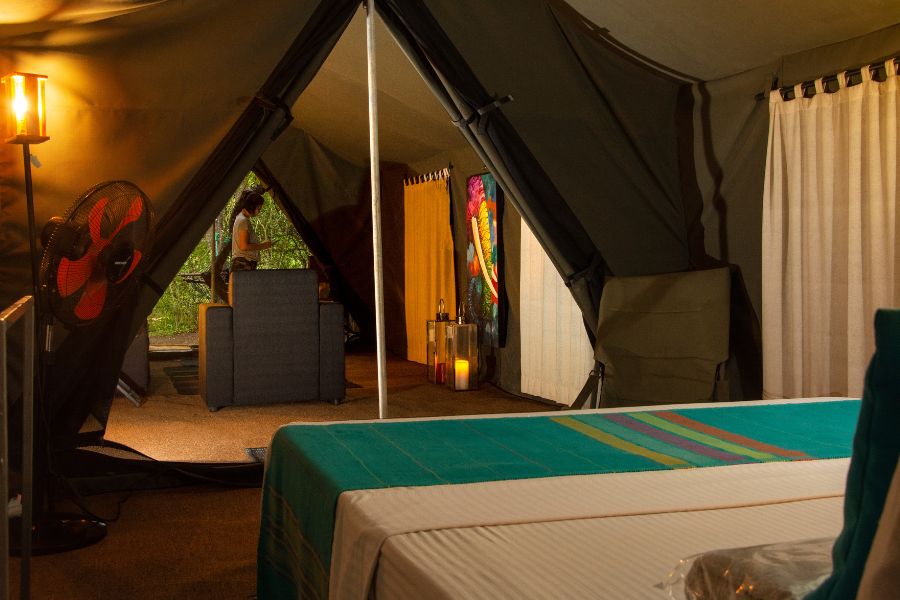
Choosing this option means that you will have the privilege of being the first in and the last out of the Park when on a safari drive. However if you still feel that you would prefer hotel style accommodation then let us know and we will arrange it for you, though please note that accommodation in these parts is more of a rustic kind.
Our safari camp is situated on the eastern boundary of a beautiful lake in close proximity to Wilpattu National Park. It neighbors a village with local residents to the west, and there are farmlands to the north and south. While the surroundings are generally quiet, you may occasionally hear the sounds of a religious ceremony or a local gathering from a distance, especially if loudspeakers are being used. This is part of the local culture, and we appreciate your understanding. The camp has a supply of earplugs available upon request in such situations.
Wilpattu National Park Safari
Due to the fewer number of visitors, the wildlife within the confines of the Wilpattu National Park has hardly had contact with humans. The animals are therefore often shy unlike those in Yala, making the need for an experienced guide even greater, one which Mahoora can provide. 4WD safari jeeps are the best way in which to explore the varied terrain.

The Sri Lankan Leopard is a recognized subspecies of the Indian Leopard and is currently the largest species of leopard living in Asia. The Wilpattu National Park is known for its numerous opportunities to film and photograph these wonderful animals which are often seen lying beside the Park's many villus. In addition, Wilpattu National Park is also home to Sri Lankan Sloth Bears, which are highly threatened with less than 1,000 numbers currently living in the wild.
Sloth Bears are best seen during the fruiting season of the Palu Tree which is from June to July. Observing endangered animals in the wild is a privilege that this National Park has to offer and it is definitely one that you will cherish for a lifetime.
Many species of Owl, Tern, Gull, Eagle, Kite and Buzzard along with the Painted Stork, Sri Lankan Junglefowl and the Little Cormorant can be found at the Wilpattu National Park. Wetland birdlife includes the Garganey, Pintail, Whistling Teal, Spoonbill, White Ibis, Large White Egret, Cattle Egret and Purple Heron.

